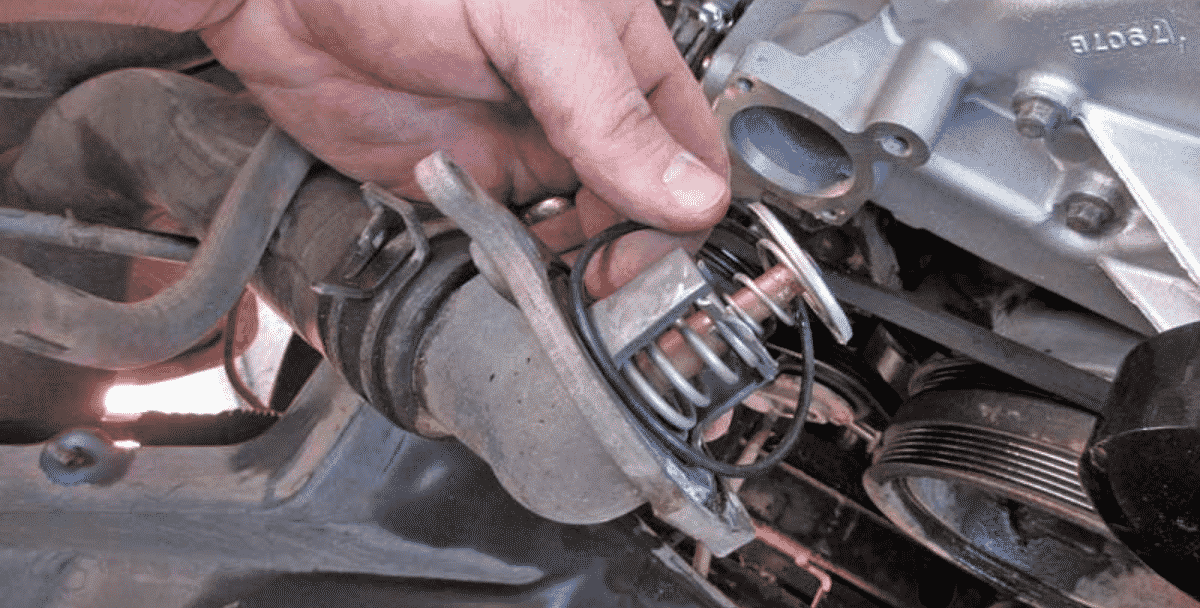A malfunctioning thermostat can spell trouble for your car, from engine overheating to poor cabin comfort. In this guide, we’ll walk you through the key signs to watch out for, how it can impact your car’s performance, and the steps to address these issues effectively. Stay ahead of potential problems and keep your vehicle running smoothly!
What is a Car Thermostat?
A car thermostat is a small but essential component in your vehicle’s cooling system. Its primary role is to regulate the flow of coolant between the engine and the radiator. By maintaining the engine at its optimal temperature, the thermostat ensures your car performs efficiently and avoids damage. Typically, the thermostat sits between the engine and the radiator, opening and closing as needed to control the engine’s temperature.
Why is a Functioning Thermostat Important?
The thermostat is critical for your engine’s health. When functioning properly, it prevents the engine from overheating by allowing coolant to flow at the right moments. Conversely, it helps the engine warm up efficiently during colder starts. A malfunctioning thermostat can lead to serious problems like overheating, increased fuel consumption, or even catastrophic engine failure. Maintaining an optimal engine temperature isn’t just about performance; it’s about preserving your car’s longevity.
What Are the Symptoms of a Bad Thermostat?
Identifying a bad thermostat early can save you from costly repairs. Here are some common symptoms:
Engine Overheating
One of the most obvious signs of a failing thermostat is engine overheating. If the thermostat stays closed, coolant can’t circulate through the radiator, causing the engine temperature to rise rapidly.
Coolant Temperature Fluctuations
You may notice erratic readings on your car’s temperature gauge. The needle might move up and down unpredictably, signaling that the thermostat is failing to regulate the flow of coolant.
Poor Heater Performance
A bad thermostat can prevent your car’s heater from working efficiently. If you’re shivering despite turning on the heat, the thermostat might be stuck open, preventing the engine from reaching a temperature high enough to provide warm air.
Unusual Noises
A failing thermostat can cause gurgling or rumbling noises in your cooling system. These sounds often result from air bubbles or irregular coolant flow.
Coolant Leaks
A stuck or damaged thermostat can create excess pressure in the cooling system, leading to visible leaks. Look out for puddles of coolant under your car or signs of crusty residue around the thermostat housing.

How Does a Bad Thermostat Affect Your Car’s AC System?
The car’s air conditioning (AC) system relies indirectly on the proper functioning of the thermostat. If the thermostat malfunctions, causing the engine to overheat or run too cold, it can affect the AC system’s efficiency. Here’s how:
- Overheating Issues: When the engine overheats due to a bad thermostat, it can place additional stress on the AC compressor, leading to reduced cooling performance or even damage to the compressor over time.
- Cold Engine Problems: If the thermostat is stuck open and the engine doesn’t reach its optimal operating temperature, the AC system might struggle to produce cold air efficiently, as it relies on proper engine temperature for optimal operation.
- Increased System Wear: Irregular engine temperatures can lead to fluctuating pressure in the cooling system, which may strain the components shared between the engine cooling and AC systems, such as belts and pulleys.
In short, a faulty thermostat not only disrupts engine performance but can also compromise your comfort by impacting the AC system’s ability to keep the cabin cool.
When Should You Check Your Thermostat?
There are certain red flags that should prompt you to inspect your thermostat immediately:
- Overheating incidents: If your engine overheats even once, it’s worth checking the thermostat.
- Erratic temperature readings: Sudden fluctuations in the temperature gauge shouldn’t be ignored.
- Seasonal changes: Before winter or summer, it’s a good idea to ensure your cooling system, including the thermostat, is functioning properly.
Who Can Diagnose and Fix a Bad Thermostat?
While some car owners prefer a DIY approach, diagnosing and fixing a thermostat often requires specific tools and expertise. Professional mechanics can quickly identify the problem and replace the thermostat if necessary. For those comfortable with car repairs, there are online tutorials and guides to help you navigate the process safely.
How to Prevent Thermostat Problems
Preventative care is the key to avoiding thermostat issues. Here are some tips:
- Regular coolant system maintenance: Flush and refill the coolant as recommended by your vehicle’s manufacturer.
- Inspect hoses and seals: Check for cracks or leaks that could affect the thermostat’s performance.
- Monitor engine temperature: Keep an eye on your car’s temperature gauge for unusual readings.
Where Can You Find Replacement Thermostats?
Replacement thermostats are widely available online, at local auto parts stores, and through car dealerships. However, if you’re unsure about the right part or need expert installation, BW Garage is here to help. Our skilled technicians specialize in all aspects of cooling and heating systems, ensuring a perfect fit and top-notch performance for your vehicle.
Visit our Auto AC Repair Burnaby page to book your appointment today and let us help keep your car’s cooling and heating systems running efficiently!




